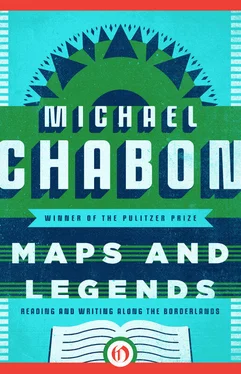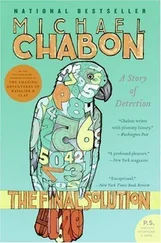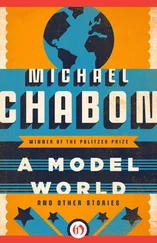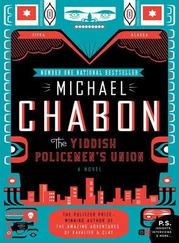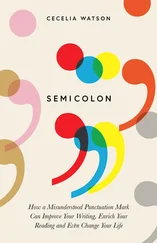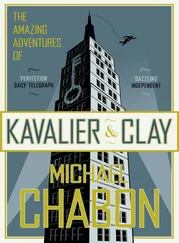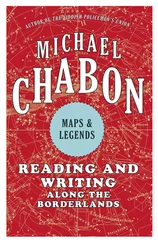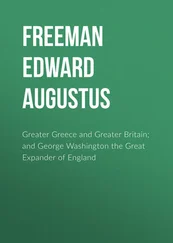At times, as in traditional ghost stories (e.g., “A Christmas Carol”), James’s characters engender and deserve their ghastly fates, bringing them about through excesses of ambition, pride, or greed. Professor Parkins, one senses, does not entirely meet with the author’s approval — he is priggish, skeptical, he plays golf — but in other stories the protagonists are men whose profession, temperament, and tastes barely distinguish them from their creator. Most of the time they are innocents, ignorant trippers and travelers who brush up against the omnipresent meaningless malevolence of the world, and the sins for which they are punished tend, likely as not, to be virtues — curiosity, honesty, a sympathy for bygone eras, a desire to do honor to one’s ancestors. And, often, their punishment is far grimmer than the scare that Professor Parkins receives.
The secret power of James’s work lies in his steadfast refusal to explain fully, in the end, the mechanisms that have brought about the local irruption of Evil he describes, and yet to leave us, time and again, utterly convinced that such an explanation is possible, if only we were in possession of all the facts. He makes us feel the logic of haunting, the residue of some inscrutable chain of ghostly causation, though we can’t — though, he insists, we never will be able to —explain or understand that logic. In “Oh, Whistle” the elements — the Templars’ ruined church, the brass flute with its fragmentary inscriptions, the blind pursuing figure in white, the whistled-up wind — all hang together seamlessly in the reader’s imagination: they fit. And yet, in the end, we have no idea why. For the central story of M. R. James, reiterated with inexhaustible inventiveness, is ultimately the breathtaking fragility of life, of “reality,” of all the structures that we have erected to defend ourselves from our constant nagging suspicion that underlying everything is chaos, brutal and unreasoning. It is hard to conceive of a more serious theme, or a more contemporary plot, than this.
It may be, in fact, that the ghost story, like the dinosaur, is still very much with us, transformed past the point of ready recognition into the feathered thing that we call “the modern short story.” Perhaps all short stories can be understood as ghost stories, accounts of visitations and reckonings with the traces of the past. Were there ever characters in fiction more haunted by ghosts than Chekhov’s or Joyce’s?
The short story narrates the moment when a dark door, long closed, is opened, when a forgotten error is unwittingly repeated, when the fabric of a life is revealed to have been woven from frail and dubious fiber over top of something unknowable and possibly very bad. Ultimately all stories — ghost stories, mysteries, stories of terror or adventure or modern urban life — descend from the fireside tale, told with wolves in the woods all around, with winter howling at the window. After centuries of the refinements, custom fittings, and mutations introduced by artistry and the marketplace, the short story retains its fundamental power to frighten us with its recognition of the abyss at our backs, and to warm us with its flickering light.
* “ ‘I suppose you will be getting away pretty soon, now Full term is over, Professor,’ said a person not in the story to the Professor of Ontography, soon after they had sat down next to each other at a feast in the hospitable hall of St James’s College.”
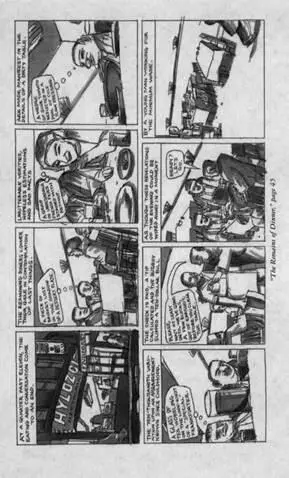
LIKE MANY PEOPLE, I was first apprised of the wistful and intrepid pilgrimage of Mr. Julius Knipl by Lawrence Weschler, in his 1993 New Yorker profile of Ben Katchor, creator of the last great American comic strip.
It is a sad duty to thus anoint Julius Knipl, Real Estate Photographer. Perhaps no art form has ever flourished so brilliantly only to decline into such utter debasement, in such a brief period of time, as the newspaper strip. Reading the comics page in 1996, exactly one hundred years after the debut of Outcault’s Yellow Kid, is, for those who still bother, half melancholy habit and half sentimental adherence to duty, a daily running up of a discredited flag in a forsaken outpost of an empire that collapsed.
Weschler’s article dwelt at length, as do most comments on Katchor, on the artist’s preoccupation with the sensuous residuum of the past, those unexpected revelators of the all-but-forgotten, encountered in the stairwell of a hard-luck office building or on the grimy shelves of a decrepit pharmacy, those stray remnants of an earlier time that are hinted at in the surname of his protagonist, the stoop-shouldered wanderer, meditative soul, and former dance instructor Mr. Julius Knipl. And it is true that celebration of the chance survival, the memory wrapped like a knipl, or nest egg, in a beaded purse of forgetfulness discovered in the back of a drawer, is the most immediately striking and perhaps the most accessible aspect of the strip. It was this aspect, initially, that led me to track down Katchor’s first collection of strips, Cheap Novelties, and — the spell was on me now — to take out a subscription to Forward, then the flagship paper of the scattershot and fluctuating Knipl syndicate. I’m a sucker, myself, for such chance survivals, because as I’ve confessed elsewhere I suffer intensely from bouts, at times almost disabling, of a limitless, all-encompassing nostalgia, extending well back into the years before I was born.
The mass synthesis, marketing, and distribution of versions and simulacra of an artificial past, perfected over the last thirty years or so, has ruined the reputation and driven a fatal stake through the heart of nostalgia. Those of us who cannot make it from one end of a street to another without being momentarily upended by some fragment of outmoded typography, curve of chrome fender, or whiff of lavender hair oil from the pate of a semiretired neighbor are compelled by the disrepute into which nostalgia has fallen to mourn secretly the passing of a million marvelous quotidian things.
The erasure of the past and its replacement by animatronic replicas, politicians’ narratives, and the fictions of advertisers, coupled with the explosive proliferation of new inventions and altered mores, ought to have produced a boom time for honest mourners of the vanished. Instead we find ourselves haunting the margins of a world loud with speculators in metal lunch boxes and Barbie dolls, postmodernists, and retro-rockers, quietly regretting the alternate chuckling and sighs of an old-style telephone when you dialed it. We are not, as our critics would claim, necessarily convinced that things were once better than they are now, nor that we ourselves, our parents, or our grandparents were happier “back then.” We are simply like those savants in the Borges story who stumble upon certain objects and totems that turn out to be the random emanations and proofs of the existence of Tlön. The past is another planet; anyone ought to wonder, as we do, at any traces of it that turn up on this one.
Every week in the eight panels of a new installment of Julius Knipl, Real Estate Photographer, Ben Katchor manages to teleport the reader to a particular urban past — a crumbling, lunar cityscape of brick and wire which was young and raucous in the heyday of the Yellow Kid. It’s a world of rumpled suits, fireproof office blocks with the date of their erection engraved on the pediment, transom windows, and harebrained if ingenious small businesses; a sleepless, hacking-cough, dyspeptic, masculine world the color of the stained lining of a hat. (This world, in its dreamlike, at times almost dadaistic particulars, may not ever, precisely, have existed; and yet a walk through the remaining grimy, unrenovated, simulacrum-free streets of any old American downtown, with their medical-supply showrooms, flophouses, theosophical book depositories, and 99-cent stores, can be a remarkably persuasive argument for the documentary force of Katchor’s work.)
Читать дальше
Конец ознакомительного отрывка
Купить книгу
